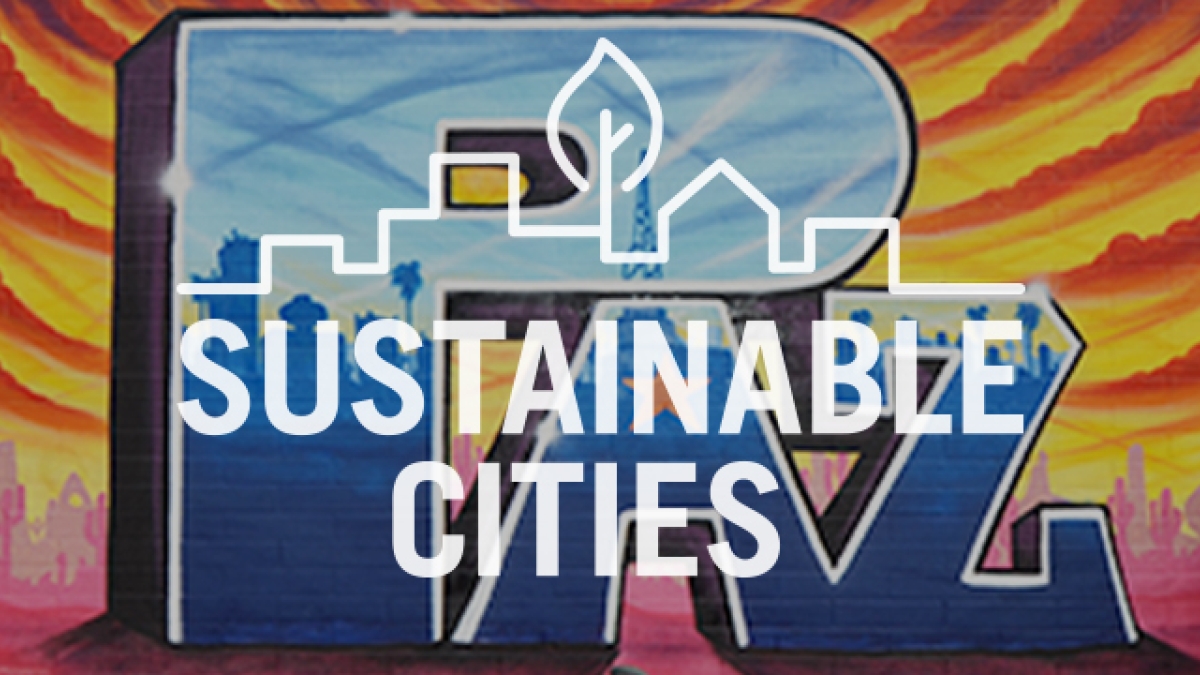Scientists call for preservation of disappearing grasslands

Before widespread urbanization and poor agricultural practices, grasslands covered North America. Today, many of the four major types of grasslands have sustained extensive damage, and some are in danger of disappearing completely. For example, 99 percent of pre-settlement tall prairie grass is completely lost.
If you came to Arizona in the 1880’s, you would have seen swaths of Sonoran Savanna Grassland throughout the south-central part of the state, but now that land is barren and dusty. According to David Brown, an adjunct faculty member with Arizona State University’s School of Life Sciences, some people do not believe such grasslands even existed.
“Many of these areas have been so badly beaten-up and damaged that it’s hard to find anything that resembles the original grasslands,” Brown said. “For example, once you get out to Red Rock in southern Arizona – that horrible, miserable-looking area that blows dust in your face and causes terrible car accidents – that was grassland at one time.”
Few people realize the consequences of grassland destruction if they are not immediately affected by it. But here in Arizona, Brown said frequent dust storms are a byproduct of lost habitat.
“We’ve always had dust storms in Arizona, but they’ve become much larger because there is much less vegetation now than there was 100 years ago,” Brown said. “These storms often cause serious problems. What was an issue once every five or ten years is now an issue almost every year.”
Brown and Liz Makings, manager of the ASU Herbarium collection housed at the School of Life Sciences, detail the status of Arizona grasslands and grasslands across North America in a paper titled “A Guide to North American Grasslands,” published in the Winter issue of the Boyce Thompson Arboretum’s and University of Arizona’s journal Desert Plants.
The guide contains the most comprehensive grassland information compiled to date, filled with details about the plants and animal species that populate the continent’s 19 types of grasslands. Dozens of pictures are included to show the variety of North American grasslands, and a map highlights the scope of the biome.
“This was an attempt to identify the different grasslands,” Brown said. “They all have different evolutionary histories, different management prescriptions, different characteristics and different species.” Brown spent decades compiling the information, and together with Makings, he finally published the manuscript.
As the most up-to-date resource on North American grasslands, Brown and Makings say they hope the information will be used for anything ranging from environmental impact statements to biotic analyses or inventories. More importantly, they say it can be used as a guide for returning damaged grasslands to a healthy state.
“If you want to restore a grassland, you have to know what the species were that lived there,” Brown said. “We also need to know, ‘What should be here, what have we got now, what’s missing and why is it missing?’”
Makings stressed how important it is to increase awareness of how grasslands are supposed to exist, saying they are nothing close to what they looked like before European settlement in North America.
“We also wanted a snapshot of what the grasslands were like before the impact of grazing, urbanization, desertification,” Makings said. “Grasslands are the most productive ecosystem, and they’ve been seriously compromised.” The researchers say even though some areas are in decent shape, grasslands are at a precarious crossroads.
“This guide serves as a warning. It’s critical we think carefully about how much more grasslands can sustain,” Makings said. “We’re continually losing them to things like oil, gas and farming for ethanol, so we need to be aware and make some better choices.”